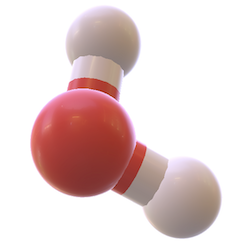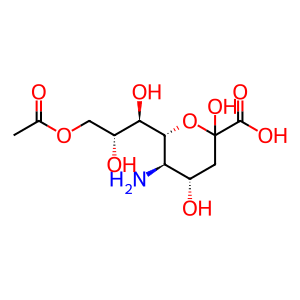Reaction: Sialic acid binds SIGLEC
Sialic acid binding immunoglobulins (Ig)-like lectins (SIGLECs) belong to I-type lectin with a selective expression on the haematopoetic cell lineages. These have amazing structural diversity each recognizing differently linked terminal sialic acid on glycoproteins and glycolipids expressed on host cells as well as pathogen (Powell & Varki 1995, Crocker 2002). Fifteen human SIGLECs have been identified so far. Interaction with various sialylated glycoconjugates, SIGLECs undertake various functions such as internalization of sialylated pathogens, attenuation of inflammation, restraining cellular activation, attenuation of damage-associated molecular pattern-mediated in?ammation along with inhibition of NK cell activation (von Gunten & Bochner 2008, Pillai et al. 2012, Matthew et al. 2014). The sialic acid-binding Ig-like lectins CD33 (SIGLEC3), SIGLEC7 and -9 are inhibitory receptors expressed on human NK cells and subsets of peripheral T cells that recognise sialic acid-containing carbohydrates (Hernández-Caselles et al. 2006, Falco et al. 1999).
Reaction - small molecule participants:
Sialic acid [plasma membrane]
Reactome.org reaction link: R-HSA-5685607
======
Reaction input - small molecules:
9-O-acetylneuraminic acid
Reaction output - small molecules:
Reactome.org link: R-HSA-5685607

